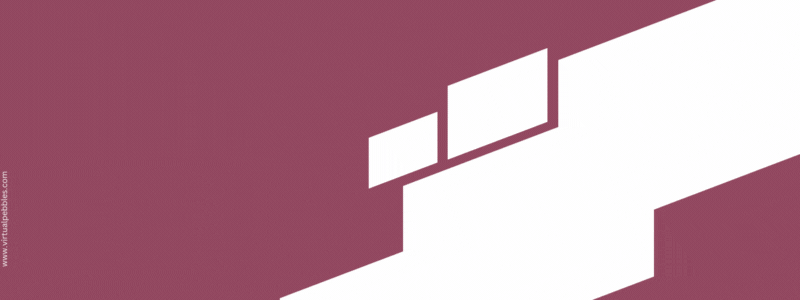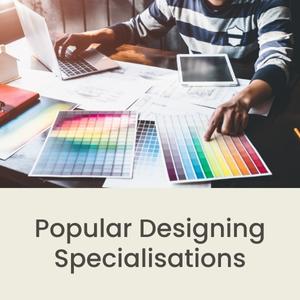Announcement
We are excited to announce the Indus Hackathon 2025, an exhilarating one-day event organized by the CSE Department of Indus University....Read more We are excited to announce the Indus Hackathon 2025, an exhilarating one-day event organized by the CSE Department of Indus University.
26th ISTE Faculty Annual State Convention will be held at Indus University on April 27, 2023....Read more 26th ISTE Faculty Annual State Convention will be held at Indus University on April 27, 2023.
26th ISTE GUJARAT STATE ANNUAL FACULTY CONVENTION & CONFERENCE ON APRIL 27,2023. MORE DETAILS WILL BE SHARED SOON....Read more 26th ISTE GUJARAT STATE ANNUAL FACULTY CONVENTION & CONFERENCE ON APRIL 27,2023. MORE DETAILS WILL BE SHARED SOON.
We are excited to announce the Indus Hackathon 2025, an exhilarating one-day event organized by the CSE Department of Indus University....Read more We are excited to announce the Indus Hackathon 2025, an exhilarating one-day event organized by the CSE Department of Indus University.
26th ISTE Faculty Annual State Convention will be held at Indus University on April 27, 2023....Read more 26th ISTE Faculty Annual State Convention will be held at Indus University on April 27, 2023.
26th ISTE GUJARAT STATE ANNUAL FACULTY CONVENTION & CONFERENCE ON APRIL 27,2023. MORE DETAILS WILL BE SHARED SOON....Read more 26th ISTE GUJARAT STATE ANNUAL FACULTY CONVENTION & CONFERENCE ON APRIL 27,2023. MORE DETAILS WILL BE SHARED SOON.

Currently, there are various professional options available to students, with design being the most well-liked one. Design is currently a field that is just as popular and in demand as others like medicine, engineering, etc. Because design is such a broad profession, it provides a wealth of chances for people with a variety of abilities, talents, and educational backgrounds. At the undergraduate level, design is not a required course. This is what makes the remarkable and adaptable realm of design. Any student can see a career in design, regardless of their educational background. Let us advise you on how to begin a career in design and what elements are crucial to moving up the success ladder in this industry.
Selecting a specialisation that a candidate is interested in pursuing and then moving forward with admission to an undergraduate course are the initial steps in starting a career in the field of design. One should be aware of their skills in order to select the appropriate specialisation. In any Design course, innovation is a prerequisite. But, if a person is hardworking and willing to soar high but lacks creativity and innovation, they can undoubtedly discover the path to innovation through design education.
According to a student's interests and abilities, they can pursue one of the many specialisations available in design. The following specialisations are the most popular in the design field:


It is difficult to be an expert in every design subfield due to its vastness! Examine the differences between each field and how it fits your personality and career objectives to narrow your area of interest. After determining your interests, it's critical to do some introspection and consider your strengths and limitations because these factors will influence how well you perform in the programme.
The best course of action is, to be honest, to ask yourself if you are aware of what your design course comprises. Do you enjoy working with them? If so, will you need to learn how to use various tools and software? Do you have a general understanding of the talents required for success in your chosen job path?
Finally, consider the environment in which you will be working before deciding on a design specialisation. Find out what kind of designers the market requires by conducting research. Should you acquire any new skills to keep up with the rapidly evolving industry?
An applicant must pass the 10+2 exam from any stream in order to be eligible for an undergraduate design course. Many universities have various percentage requirements. However, they often fall between 50% and 55%. A graduation degree with at least a 50% overall grade point average is required for post-graduate Design courses. There are several restrictions on those with diplomas' ability to enrol in master's programmes.
However, eligibility for design course admissions keeps changing according to the University and Institute one is applying to.


One of the best theoretical possibilities for those aspiring to be creative is designing degree programmes. You must be highly talented, possess enthusiasm and dedication for the field of your interest, and be highly talented at choosing a profession in design. One of the most competitive and challenging industries is design. There is a tremendous need for designers because of the development of digitisation and the booming design sector. There are plenty of career prospects for designers outside of India, too. Passionate applicants from other nations can quickly get work there. Yet in order to succeed as a designer, you must be incredibly imaginative.
